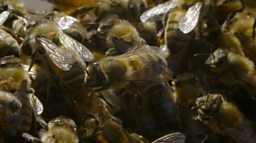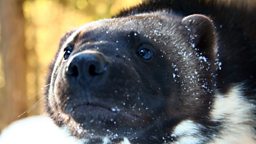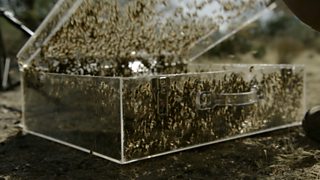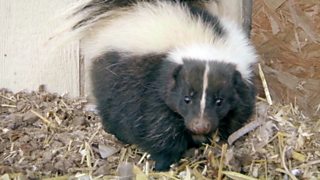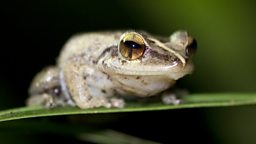Scent
Scent is one of our oldest, yet most unfamiliar of senses.
It is also the least studied and scientists are still trying to work out exactly how smell works.
We have 400 different types of scent receptorsSuper Senses
Like taste, it is a chemical sense. The air all around is full of minute, volatile molecules. Everything we smell gives off these molecules – flowers, perfume, wine, cooking bacon, rotting fruit etc. Almost everything has a smell. Only non-volatile solids like steel don’t smell because nothing evaporates from them.
We detect scents using chemical receptors deep inside our noses. It’s believed this works like a lock and key. The scent molecule is the key and will only fit certain ‘locks’ - the receptors. We have four hundred different types of locks. But the combination of many scent molecules hitting these receptors mean we can identify more than ten thousand different smells.
There are some smells, like rotten eggs and skunk musk that we find repulsive. Exactly how these scent molecules trigger such a powerful response is not clearly understood but it is believed these smells are associated with rotten food, so our brains are hardwired to avoid them.
As scent molecules tend to gather low on the ground, our noses are simply too high to pick up a lot of the odors that are around us. Creatures whose noses are closer to the ground, like meerkats and dogs, are much more finely tuned into the world of smell. In this episode we investigate some of nature’s sharpest noses – and discover how animals use their sense of smell to sense dangers they just couldn’t pick up through sight or sound.

